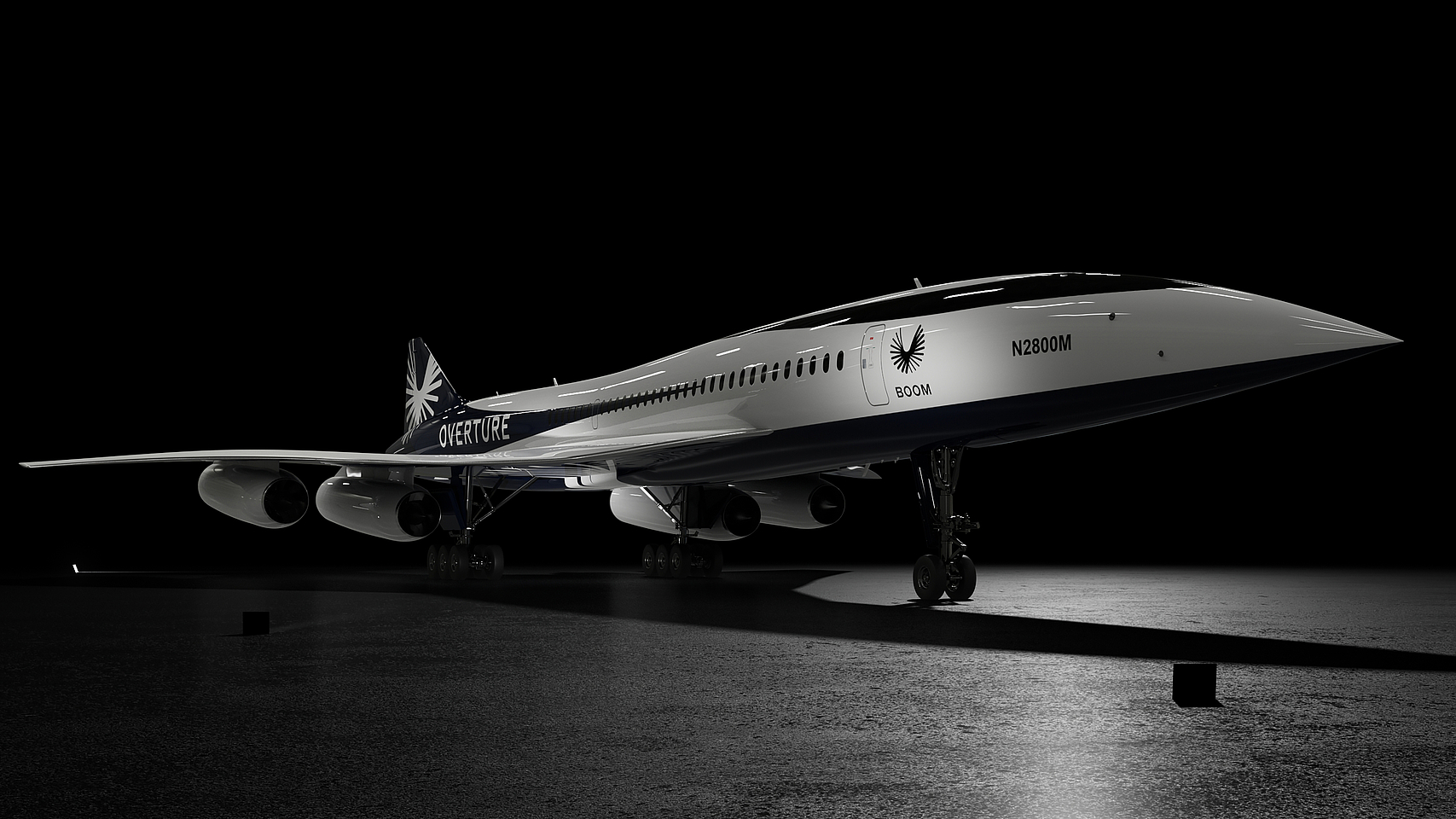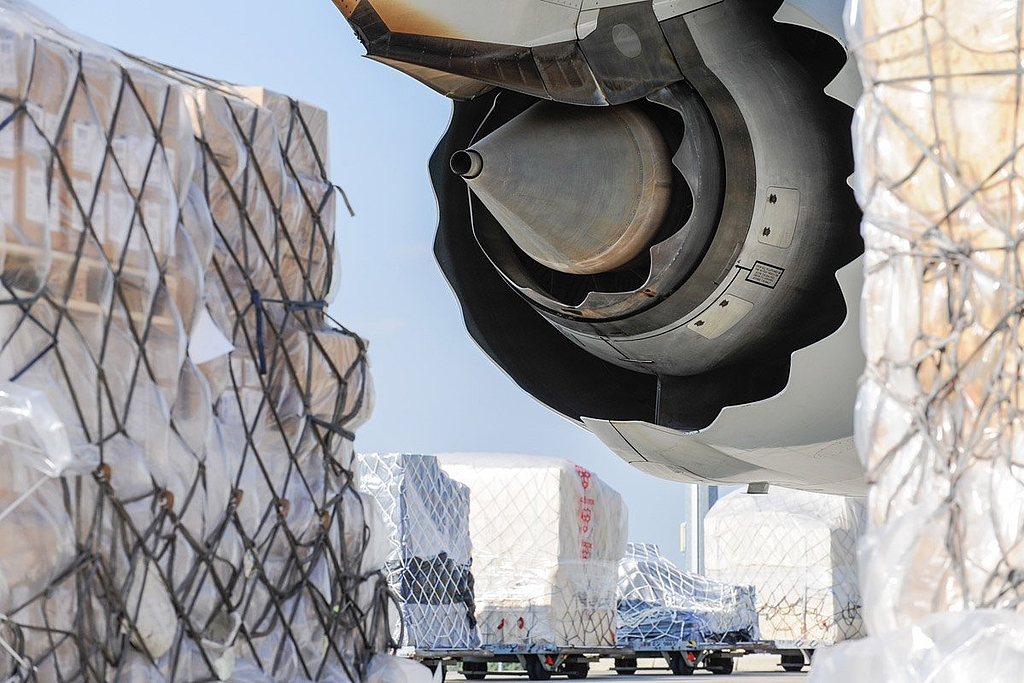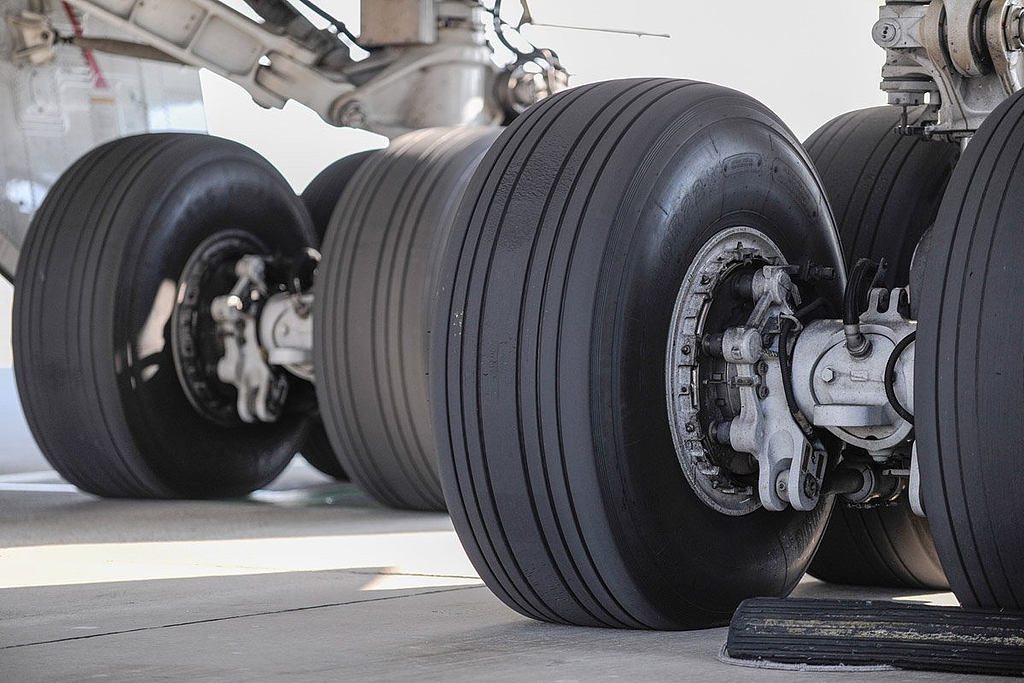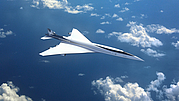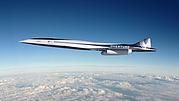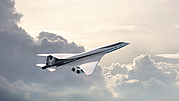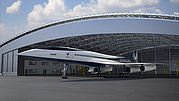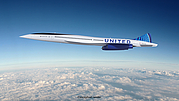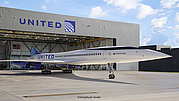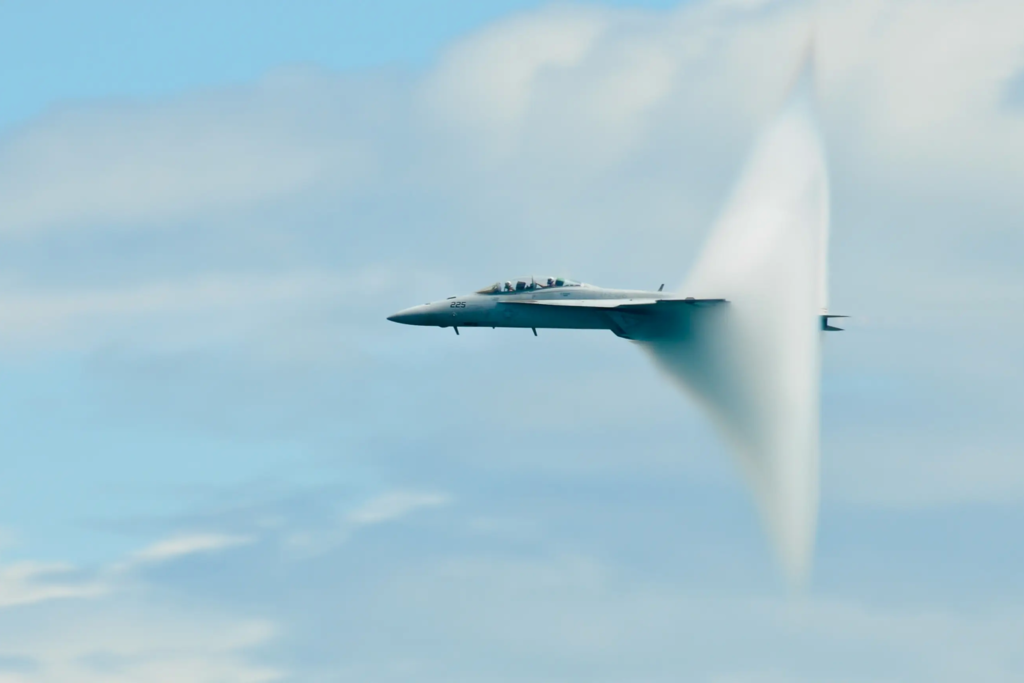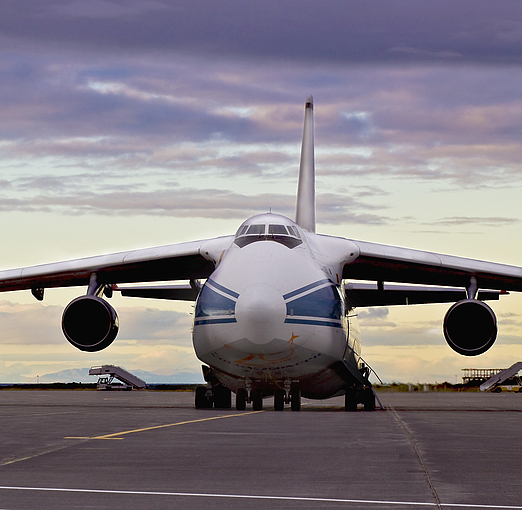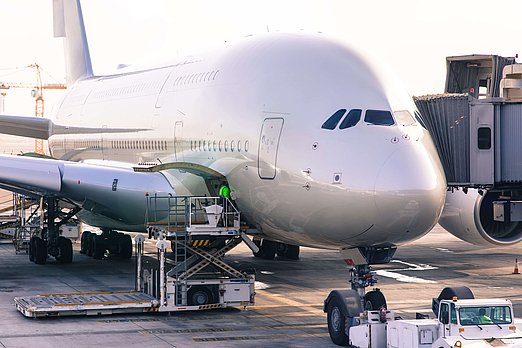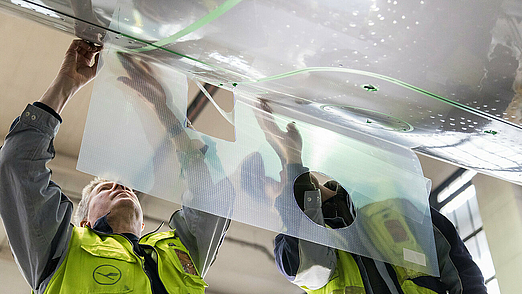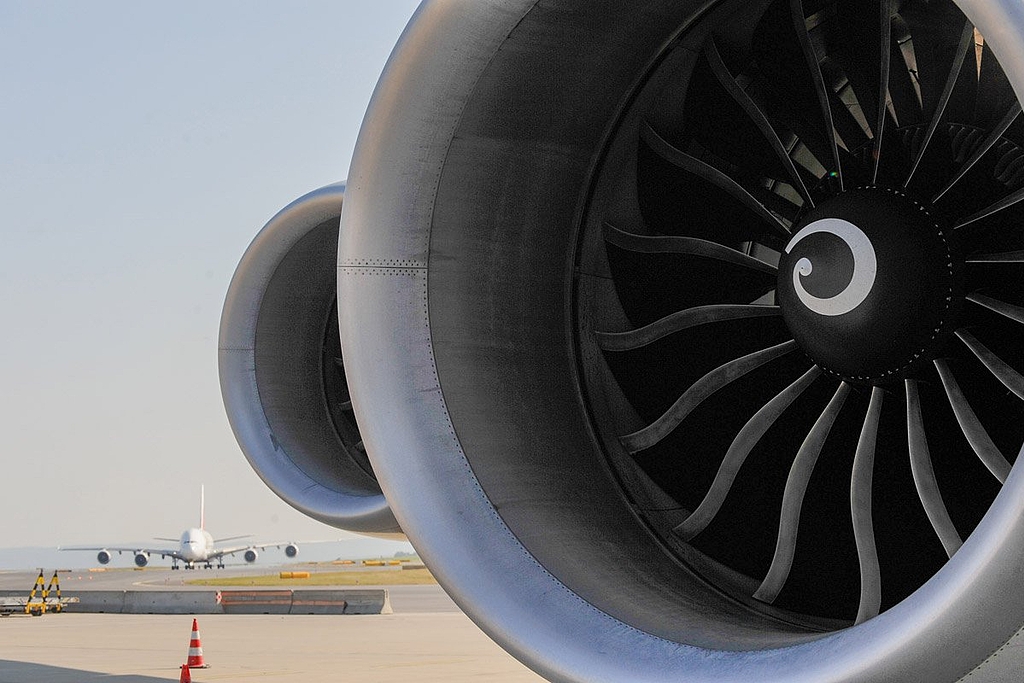Supersonic flights will roam the skies once again
The return of the super(sonic) jet
- Insights
After two decades of silence, supersonic passenger flights are about to make a comeback. First developed for military use, supersonic jets entered commercial aviation with the legendary Concorde in 1968. Though Concorde’s last flight was in 2003, the dream of high-speed travel never truly faded. Now, this vision is being revived and reimagined: the goal is to make it even faster, more environmentally friendly, and more attractive to a select group of international business travelers. In January 2025, Boom Supersonic, once a small U.S. startup, reached a major milestone. Discover their bold plans, a scaled-down prototype, full order books, and a Soviet predecessor…
